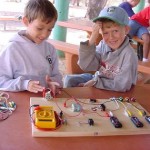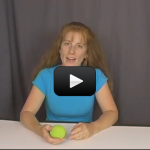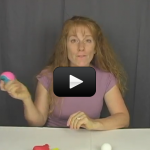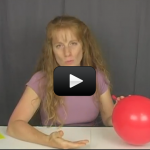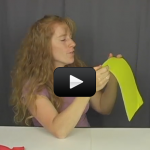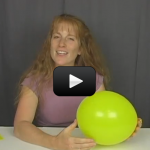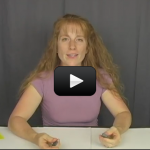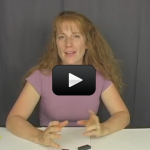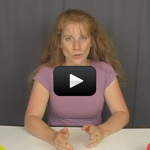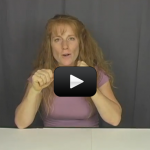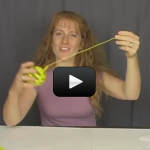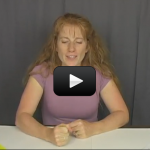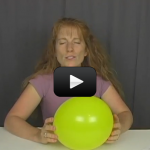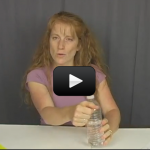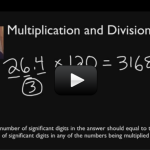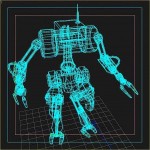One of the best things you can do with this unit is to take notes in a journal as you go. Snap photos of yourself doing the actual experiment and paste them in alongside your drawing of your experimental setup. This is the same way scientists document their own findings, and it’s a lot of fun to look back at the splattered pages later on and see how far you’ve come. I always jot down my questions that didn’t get answered with the experiment across the top of the page so I can research it more later. Are you ready to get started?
Scientific Concepts:
- Build a simple compass and use it to detect magnetic effects, including Earth’s magnetic field.
- Understand how electric currents produce magnetic fields
- Know how to build and use an electromagnet
- Construct electric motors, electric generators, and simple devices, such as doorbells and earphones.
- Understand that magnets have two poles (north and south) and that like poles repel each other while unlike poles attract each other.
- Differentiate observation from inference (interpretation) and know scientists’ explanations come partly from what they observe and partly from how they interpret their observations.
- Formulate and justify predictions based on cause-and-effect relationships.
- Conduct multiple trials to test a prediction and draw conclusions about the relationships between predictions and results.
- Construct and interpret graphs from measurements.
- Follow a set of written instructions for a scientific investigation.
What are the main principles of science?
The experiments above cover the most appropriate laws of science for K-12 students. I know there's quite a few experiments listed, but that's because some of these principles overlap, and I really want to make sure you understand them from different angle.
I don't want you to get hooked into thinking that these are all you need to learn in science... because science isn't a laundry list of things to get done, it is process of how to think and ask questions and find your own answers. These core concepts came out as a result of doing science.
The experiments listed above are ones that use inexpensive, everyday materials and only require a couple of minutes to do. They're not that complicated. However, the understanding behind them is big. HUGE. And it's probably going to take the rest of the program for you to really roll around with them, play with them, and understand them on a much deeper level so it's part of the way you think about the world. And that's what the rest of the program is all about.
I think about them more as scientific principles or "big ideas", because they represent some of our greatest scientific achievements to date. It's really not as important what they are called (there's still a lot of debate about the finer points). Its much more important that you understand them and know how you use them.
Here's the full list, just in case you are curious (which can be chunked into different sections). Most scientists don't know all of these by heart. In fact, mostly they pick an area they specialize in and learn all they can about that area, so it's not important to just memorize this list... you actually have to know how to use the ones you need. It's like picking the right tool out of the toolbox for the job. It's not enough to know what each tool is called. You have to understand what i's for and how you can use it for it to be useful in life. Ok so here's the list of the laws (and principles derived from them) in science:
- Conservation Laws (Conservation of Mass, Conservation of Energy, Momentum and Angular Momentum, Conservation of Charge, Symmetry)
- Laws of Motion (Principle of Least Action, Euler-Lagrange Equations, and Newton's Laws of Motion, Euler's Laws of Motions, Euler's Equations, Archimedes principle, Bernoulli's principle, Poiseuille's Law, Stoke's Law, Ryan-Stockes Equastions, Huzaifa's Law)
- Laws of Gravitation and relativity (Special Relativity, General relativity, Gravitomagnetism (GEM equations), Classical Laws (Newton's Law of Universal Gravitation, Gauss' Law for Gravity, Kepler's Laws))
- Thermodynamics Laws (Zeroth, First, Second, Third Thermodynamic Laws, Onsager reciprocal relations (Fourth Law of Thermodynamics, Newton's Law of Cooling, Fourier's Law, Ideal Gas Law (Boyle's Law, Charles's Lawm Gay-Lussac's Law, Avagadro's Law, Dalton's Law, Boltzmann Equation, Carnot's Theorem, Kopp's Law)
- Electromagnetism Laws (Maxwell's equations (Gauss's Law for Electricity, Gauss's Law for Magnetism, Faraday's Law, and Ampere's Circuital Law), Lorentz Force Law, Fermat's Principle)
- Laws of Photonics (Law of Reflection, Law of Refraction, Snell's Law, Brewster's Angle, Malus's Law, Beer-Lambert Law)
- Laws of Quantum Mechanics (Schrödinger equation, Wave-Particle Duality, Planck-Einstein Law, De Broglie wavelength, Heisenberg uncertainty princple, Pauli exclusion principle)
- Radiation Laws (Stefan-Boltzmann law, Planck's law of black body radiation, Wien's displacement law, Radioactive decay law)
- Geophysical Laws (Archie's law, Buys-Ballot's law, Birch's law, Byerlee's law)
- Laws of Chemistry


